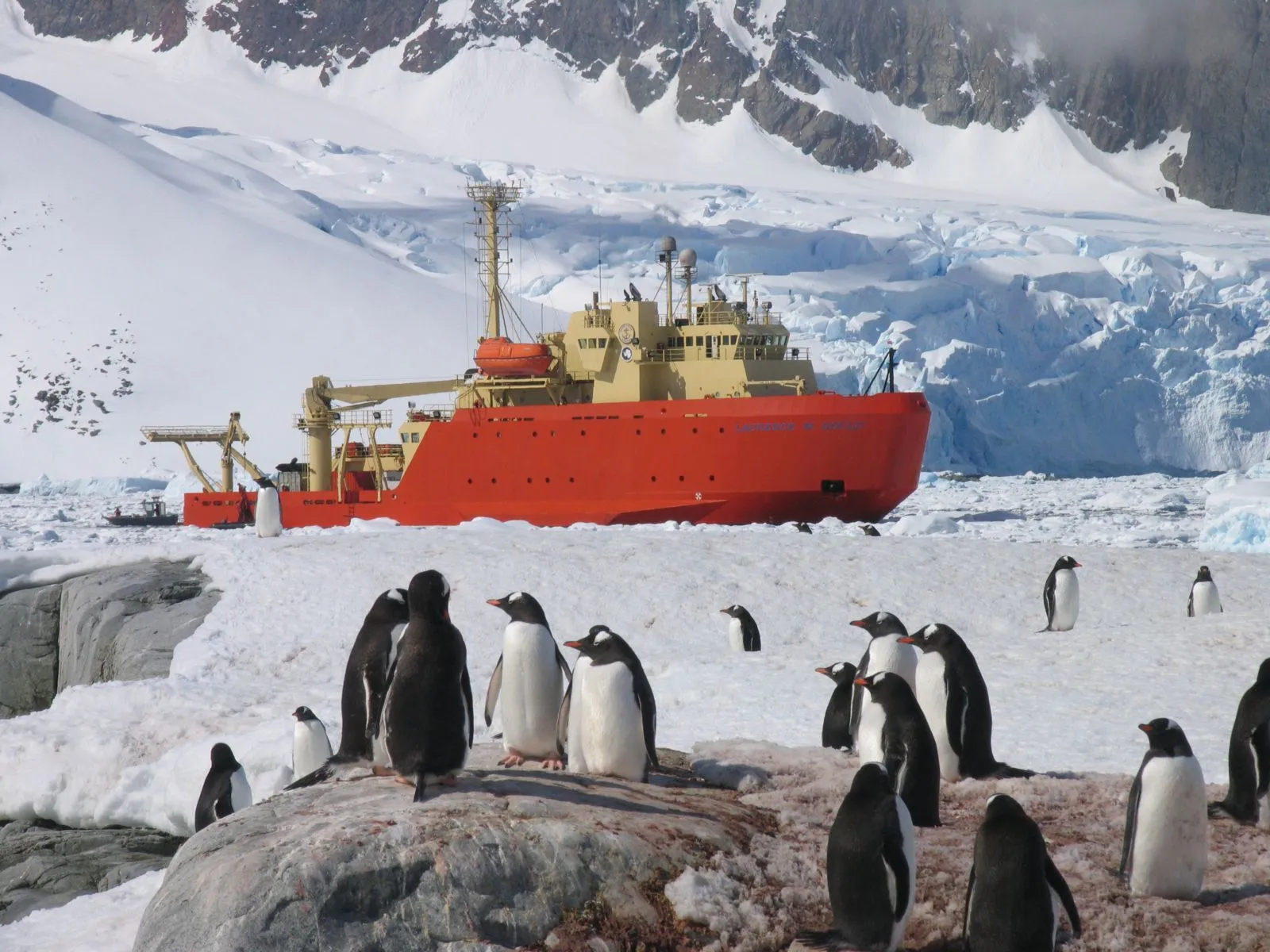Antarctica, the coldest continent on Earth, is experiencing unprecedented warming. This temperature rise is not only melting its ice but also profoundly affecting its delicate ecosystems and the stability of its ice sheets and glaciers. Understanding the scope of these changes and their global implications is crucial for formulating responses to mitigate these effects.
The Scope of Warming
While Antarctica is known for its harsh, frigid climate, certain regions, especially the Antarctic Peninsula, have warmed significantly faster than the global average in recent decades. This warming has led to a series of cascading effects on both the continent’s ecology and its ice formations.
Causes of Warming

- Greenhouse Gas Emissions: The buildup of greenhouse gases, such as carbon dioxide and methane, in Earth’s atmosphere traps heat, creating a warming effect globally. In polar regions like Antarctica, this effect is amplified due to polar amplification—a phenomenon where temperature increases are more pronounced near the poles. This amplification has accelerated the melting of ice sheets and glaciers, further exacerbating global sea level rise and disrupting ocean circulation patterns that regulate climate, as highlighted by the Intergovernmental Panel on Climate Change (IPCC).
- Ozone Depletion: The hole in the ozone layer over Antarctica, caused primarily by the use of chlorofluorocarbons (CFCs) in past decades, has allowed more harmful ultraviolet (UV) radiation to reach the surface. This has not only impacted local ecosystems but also altered atmospheric temperatures, contributing to warming trends. Efforts like the Montreal Protocol have mitigated the use of CFCs, but the lingering effects of ozone depletion continue to influence temperature dynamics over the continent.
- Albedo Effect: As ice and snow melt, they expose darker surfaces underneath, such as ocean water or bare land. These darker surfaces absorb more solar radiation than reflective ice, causing additional warming. This feedback loop—where warming accelerates further ice melt—intensifies the rate of temperature increase. The NASA Earth Observatory explains how this effect has been particularly pronounced in the Antarctic Peninsula, where significant ice loss has already occurred.
Implications of Warming
The consequences of Antarctica’s warming are far-reaching and multifaceted:
- Ice Melt and Sea Level Rise: The melting of Antarctica’s ice contributes significantly to global sea level rise, posing a threat to coastal cities and habitats around the world. The destabilization of ice shelves, such as the Thwaites Glacier (dubbed the “Doomsday Glacier”), could lead to an irreversible collapse, adding meters to sea levels over time.
- Ecosystem Disruption: Warming temperatures disrupt the life cycles and habitats of native species, from microscopic krill—critical to the Antarctic food web—to larger marine mammals and birds like seals and penguins. Changes in sea ice extent and timing also impact breeding and feeding patterns, threatening biodiversity and ecological balance. The World Wildlife Fund highlights the crucial role of Antarctic ecosystems in supporting global biodiversity.
- Glacial Instability: Increased temperatures undermine the stability of glaciers, leading to accelerated ice flow into the ocean. This not only contributes to sea level rise but also alters the structure of the Antarctic landscape, making it more vulnerable to further warming and destabilization.
Responding to Antarctic Warming
Addressing the challenges posed by Antarctic warming requires both global and localized efforts:
- Global Climate Action: Reducing global greenhouse gas emissions through international agreements and initiatives, such as the Paris Agreement, is critical to slowing temperature increases on Antarctica and globally.
- Scientific Research: Enhanced monitoring and research in Antarctica are vital for understanding the pace of changes and developing strategies to mitigate their impacts. Programs like the International Thwaites Glacier Collaboration play a crucial role in advancing our knowledge of glacial dynamics.
- Conservation Efforts: Protecting Antarctic ecosystems through conservation programs and regulations on fishing, tourism, and other human activities can help preserve biodiversity. Frameworks like the Antarctic Conservation Act and the Protocol on Environmental Protection to the Antarctic Treaty are key to guiding these efforts.
How You Can Contribute
Individuals can play a role in mitigating the effects of warming on Antarctica:
- Reduce, Reuse, Recycle: By engaging in sustainable practices that reduce waste and conserve resources, you can help lower pollution and greenhouse gas emissions. These small steps collectively make a big impact.
- Support Renewable Energy: Using and advocating for renewable energy sources like solar and wind reduces reliance on fossil fuels, which are a major contributor to global warming. The International Renewable Energy Agency (IRENA) provides resources on renewable energy adoption.
- Stay Informed and Advocate: Educate yourself about climate change and support strong climate policies. By sharing knowledge and encouraging action within your community, you contribute to collective efforts to protect the planet.
The warming of Antarctica serves as a clear signal of the broader challenges posed by climate change. By understanding these issues and taking action, both collectively and individually, we can work towards a more sustainable and resilient future.